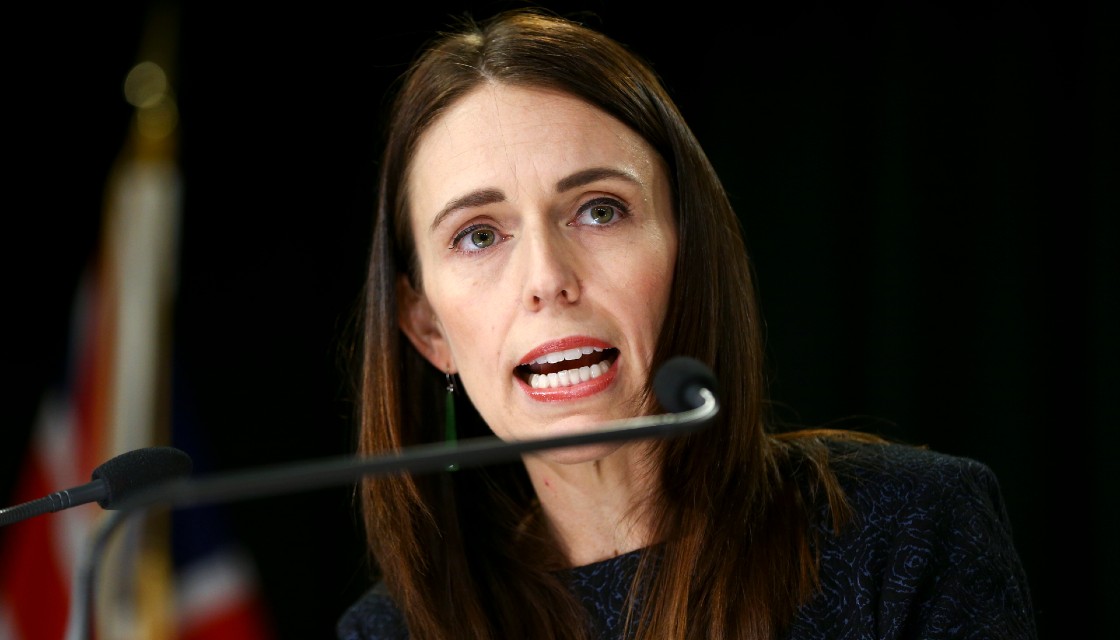クリストファー・ルクソン首相によると、7月1日に施行される変更により、月曜日から多くのニュージーランド人の生活がより手頃な価格になるとのことです。大きな変化の1つは、オークランドの地域燃料税の撤廃です。これにより、運転者は1リットルあたり11.5セント節約できます。Luxonは、この節約は、特に厳しい財政状況においては大幅に削減できると強調しています。
燃料税が撤廃されたとはいえ、政府はオークランドを含む交通機関への多額の投資を継続する。Luxon氏はまた、今後3年間で州道や地方道路のくぼみの修復と防止に約40億ドルが割り当てられたと述べています。これには、オークランドでのくぼみ防止のための4億7,800万ドルが含まれており、これは過去3年間から 74% 増加しています。
全国の公共交通サービスへの資金提供も、過去3年間に比べて 41% 増加する見込みです。7月1日に施行されるもう1つの変更は、新しいファミリーブーストの償還です。これにより、小さなお子様連れのご家族は、幼児教育費の最大25%、2週間ごとに最大150ドルを請求できるようになります。
有給の育児休暇も増加し、週あたりの最高取得額は712.17ドルから754.87ドルに引き上げられます。Luxonは、これらの措置が子供の人生の重要な初期段階にある家族を支援するのに役立つと考えています。
Luxonは、ニュージーランドが直面している経済的課題を認識していますが、楽観的な見方を維持しています。彼は、インフレが抑制され、金利が下がり、成長が回復するにつれて、見通しは改善すると予測している財務省の予算予測を指摘している。また、食料価格の上昇幅は2018年9月以降で最小だったとも指摘している。
Luxonは最後に、政府は労働者、企業、家族が繁栄できるように、引き続き経済を再建すると述べました。彼は、現在実施されている生活費対策が、ニュージーランド人がこの困難な時期を乗り切る助けになると考えています。





























































